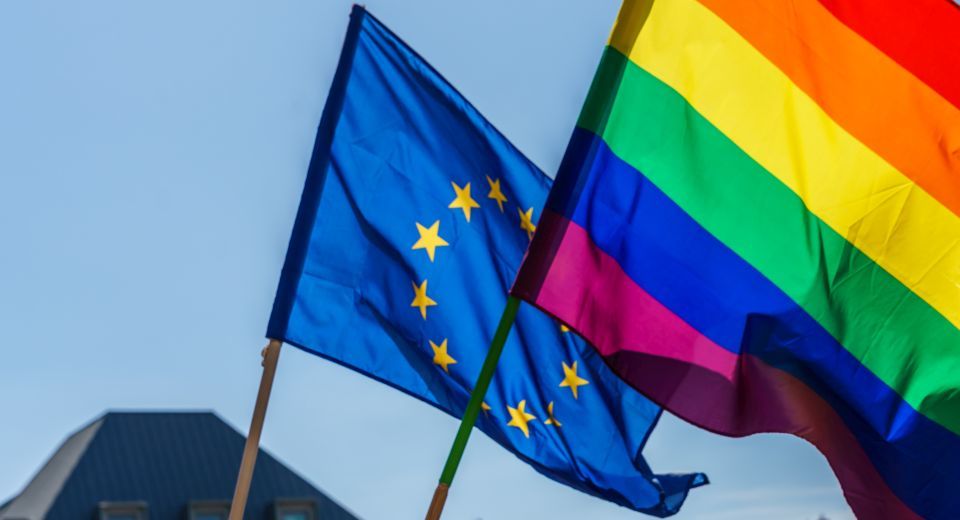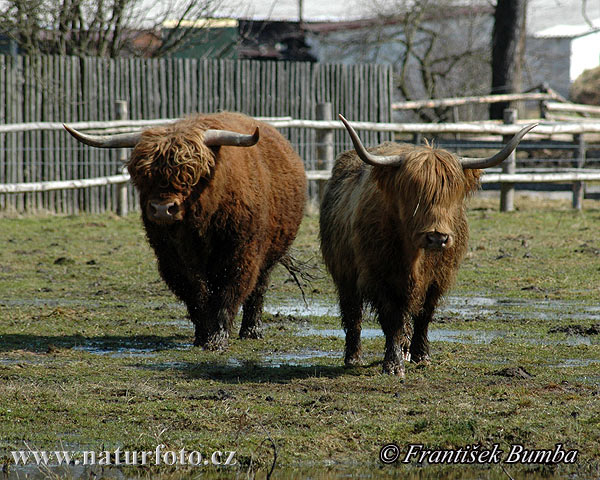


#PECUNIA CATTLE TV#
They live near Stroud which TV programmes like “Escape to the Country ” tell me is the “poorer part of the Cotswolds”. I spent almost a month in the Cotswolds visitng with my parents recently and had a bit of time to explore. This exhibtion included paintings, many resin Painswick – the neglected “Queen” of the Cotswolds? Her work is quite incredible and very engaging. She lives & works on the tip of the Hook Head Peninsula, County Wexford, Ireland. We recently went to see Helen Merrigan Colfer’s solo exhibition at the Alley Gallery, Strabane. I will point out though, that there is height restriction Helen Merrigan Colfer: Tribes and Tribulation What’s more, there’s another car parks specially for horses and their horseboxes.
#PECUNIA CATTLE FREE#
At Whiterocks Beach, just along from Portrush, there is not one, not two but three small carparks and a public toilets which are all free to use. Northern Ireland’s Tourism is very impressive. Whiterocks Beach and Dunluce Castle, Antrim However, we are reminded of the continuing violence and brutality meted out towards, the cow/bull in the work of artists of like Picasso and Hirst. The spiritual/virility/wealth aspect of the cow/bull continues to be explored. So, after all this blood and violence of the Greco-Romano world, it will probably come as something of a relief that my next post will explore the somewhat gentler world of the cow/bull in Medieval and Modern society and culture. In the so-called “ tauroctony” artwork of that cult, and which appears in all its temples, the god Mithras is seen to slay a sacrificial bull. Three sides of a taurobolium altar, from Lugdunum (Lyon)Īnother Roman cult, popular with soldiers, in which a sacrificial bull played a role was that of the 1st–4th century Mithraic Mysteries.

Interesting, after all this maleness and display of masculinity, bull sacrifice, as taurobolium, also became connected with the worship of the Great Mother of the Gods, M agna Mater, from the mid-2nd century onwards. were they meant to exert some sort of magical power over these animals? Were they a sort of prayer, or a pictorial shopping list for the gods? Who knows what function these images served. There are many representations of cattle in prehistoric art in caves and on rock faces in Spain, India and Africa. He is an incredible 5.2 metres (17 ft) long, making him the largest animal discovered so far in cave art. One of the largest animals in the “Hall of Bulls”, painted on the walls of a the Lascaux, caves in France, is a black bull. Men may well have hunted these beasts but women would have been very familiar the anatomy of these beasts from cutting up their carcasses for food and clothing. I use the term “people” advisedly, as there is evidence, based on measuring hand prints, that the first figurative artists could have been women. People have been hunting, and more importantly from our point of view, painting bison and wild cattle in Europe for more than 17,000 years. Man and cows, ox, oxen, cattle, go back a long, long way. Cattle have represented at different times such things as life, wealth, power and even the divine. It could easily be a book! It’s a very long history which is not surprising as humans have depended on cattle for their survival. It’s such along one I have had to divide it into two parts. This time I have been pondering the place of the humble cow or ox in figurative art in History. Well, here I go down another wormhole of History/ Art History.


 0 kommentar(er)
0 kommentar(er)
